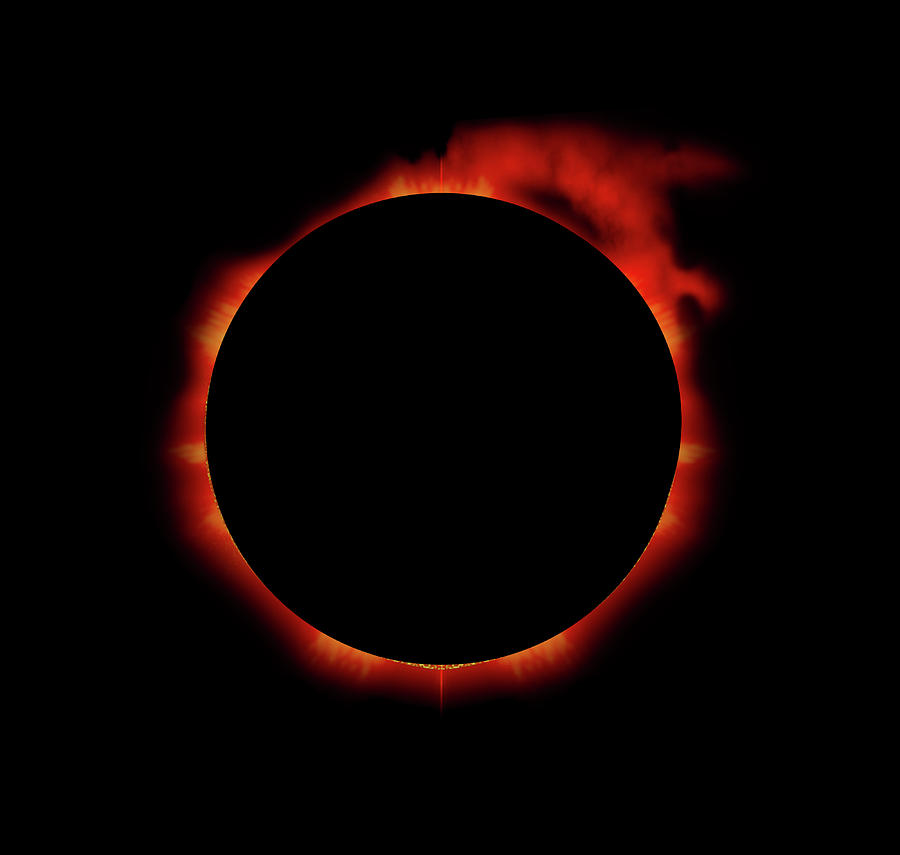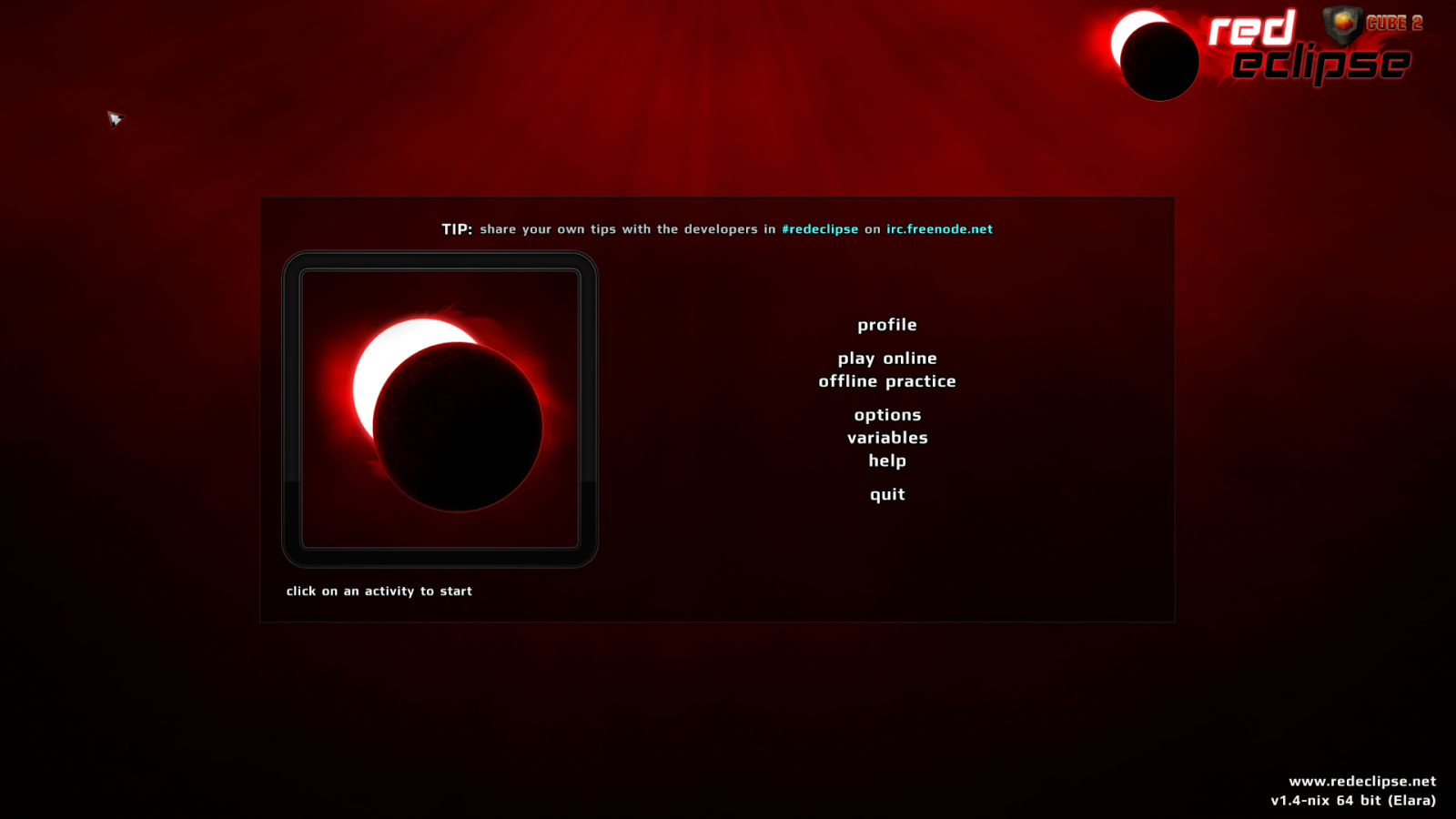


Usually, only about one in three lunar eclipses are total, and about four to five total eclipses can be seen from any single location on Earth in a decade. The eclipses in a tetrad occur about six months apart with five uneclipsed Full Moons between them. The term Blood Moon is also sometimes used to refer to four total lunar eclipses that happen in the span of two years, a phenomenon astronomers call a lunar tetrad. Red wavelengths are least affected by this effect, so the light reaching the Moon's surface has a reddish hue, causing the fully eclipsed Moon to take on a red color.ĭepending on the composition of the atmosphere, different parts of the light spectrum are filtered out, so the Moon may also look yellow, orange, or brown during a total lunar eclipse. This is the same mechanism that causes colorful sunrises and sunsets. However, some sunlight still reaches the lunar surface indirectly, via the Earth's atmosphere, bathing the Moon in a reddish, yellow, or orange glow.Īs the Sun's rays pass through the atmosphere, some colors in the light spectrum-those towards the violet spectrum-are filtered out by a phenomenon called Rayleigh scattering.

Our mobile observatory will be in Roswell, New Mexico, in the US to capture it for you.īlood Moon is not a scientific term, though in recent times it is being widely used to refer to a total lunar eclipse because a fully eclipsed Moon often takes on a reddish color-like in the image below, which was taken during the total lunar eclipse in September 2015.Ī total lunar eclipse happens when the Moon travels through the Earth's umbra and blocks all direct sunlight from illuminating the Moon's surface. On November 7–8, 2022, the Beaver Moon will be totally eclipsed and turn red!


 0 kommentar(er)
0 kommentar(er)
